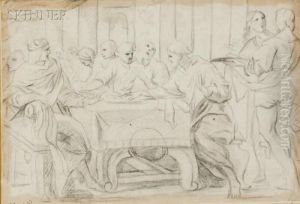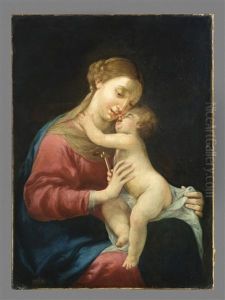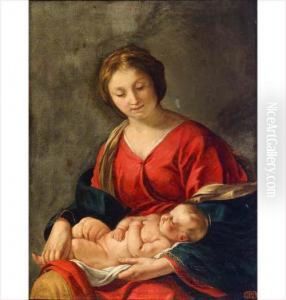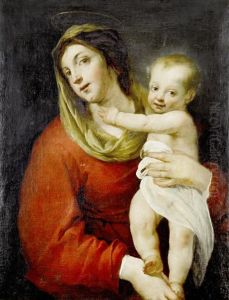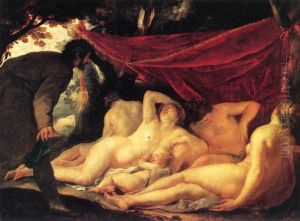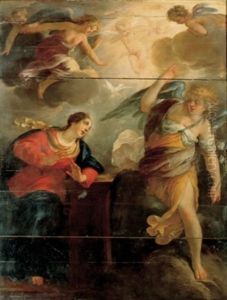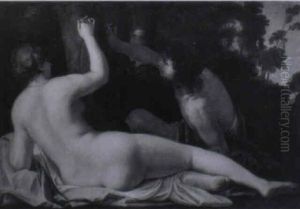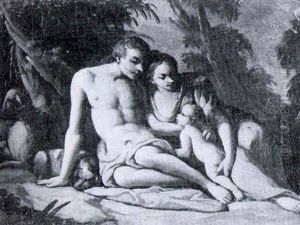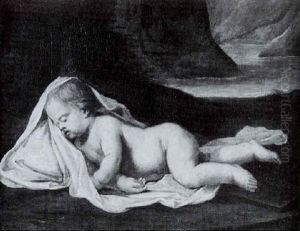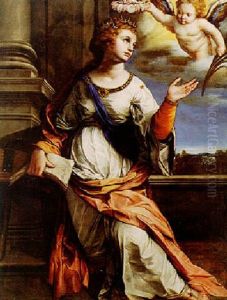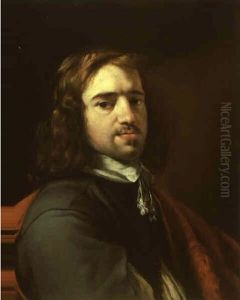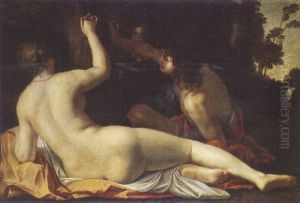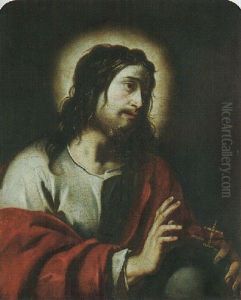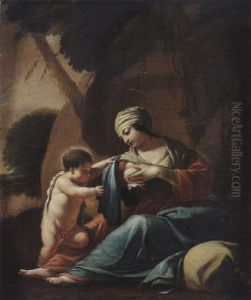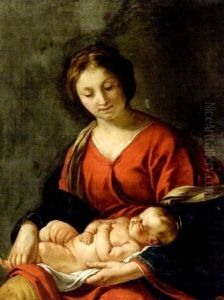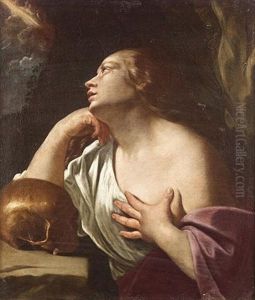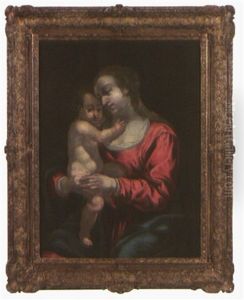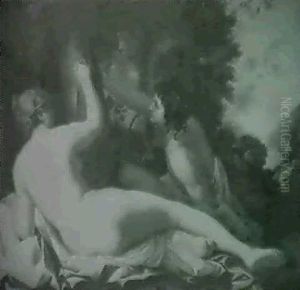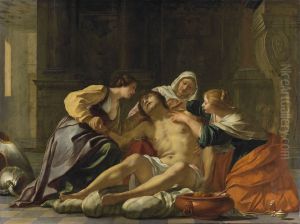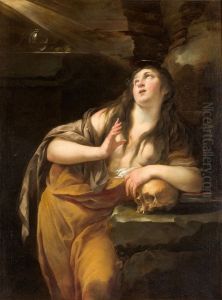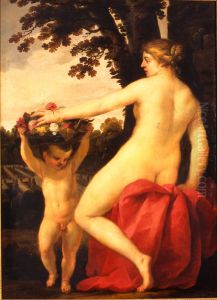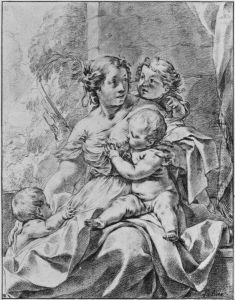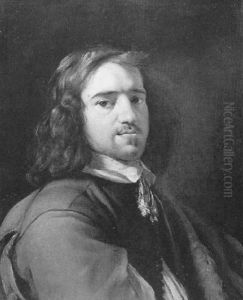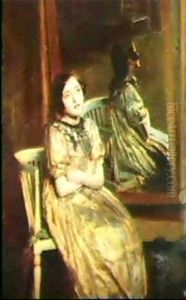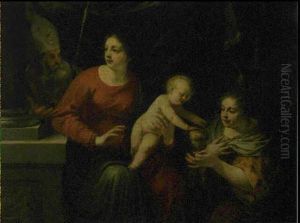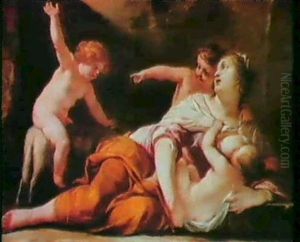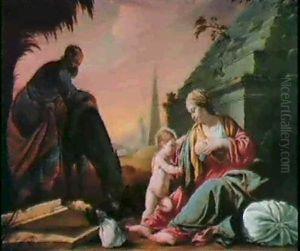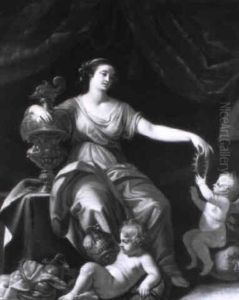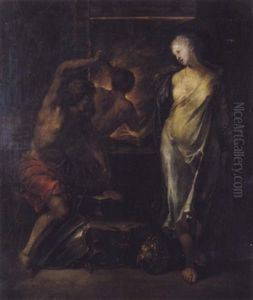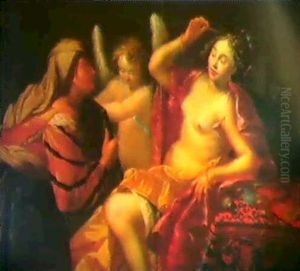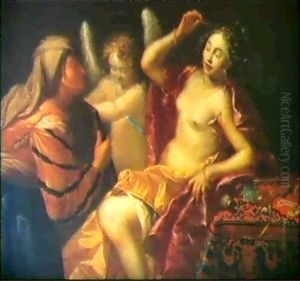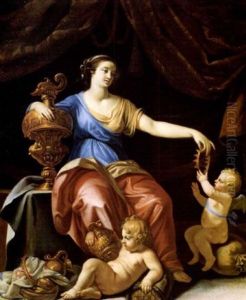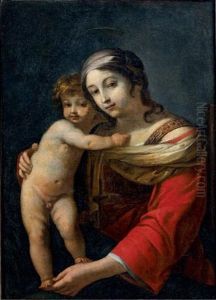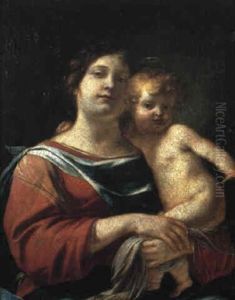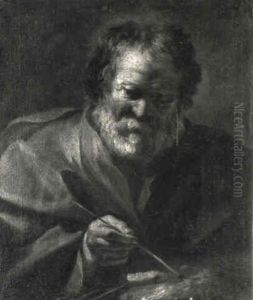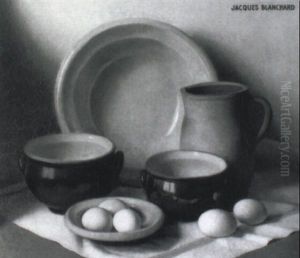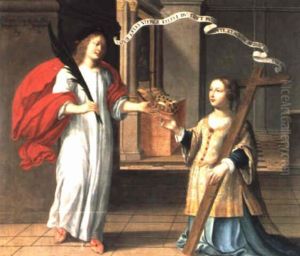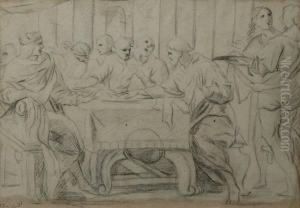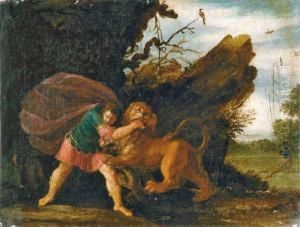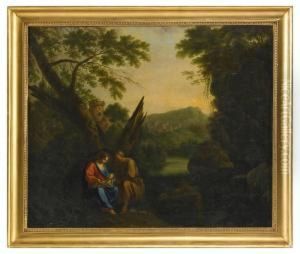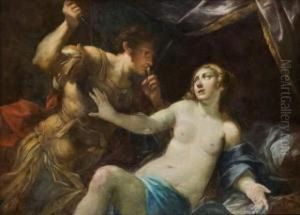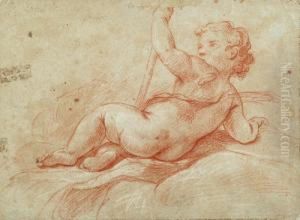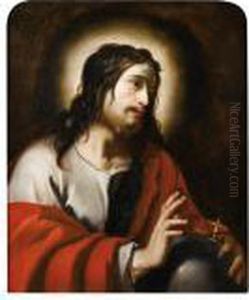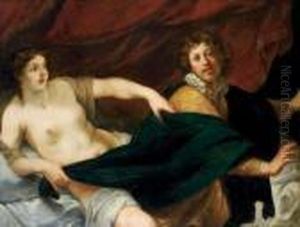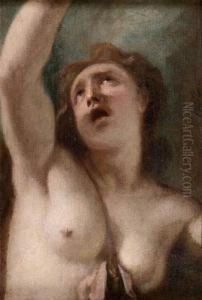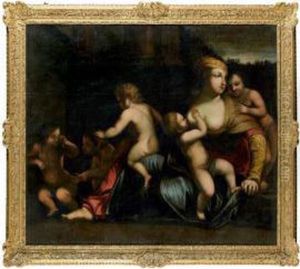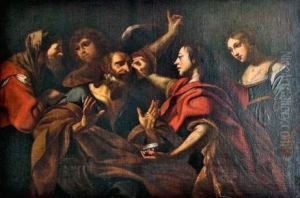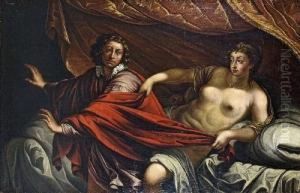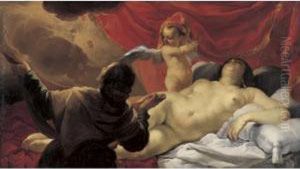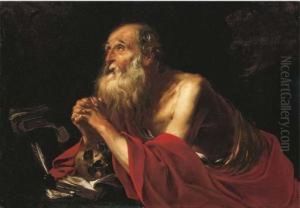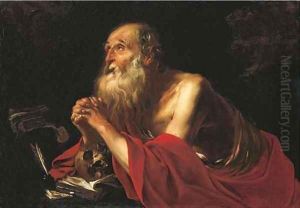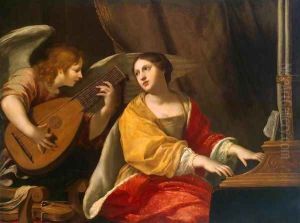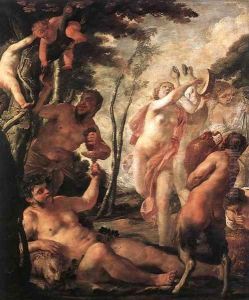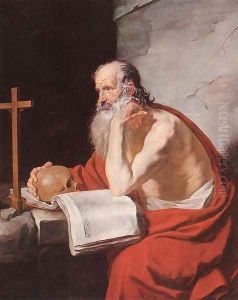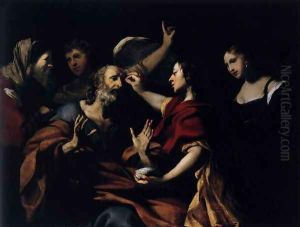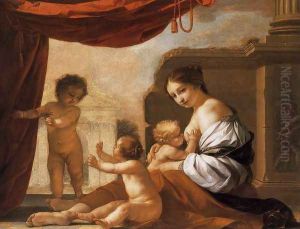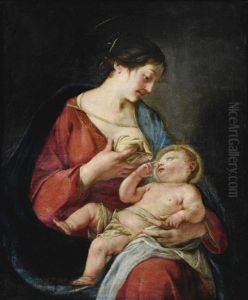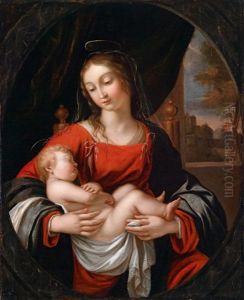Jacques Blanchard Paintings
Jacques Blanchard, also known as the 'French Titian' due to his preference for rich color and sumptuous textures, was a French Baroque painter who was born on September 1600 in Paris, France. He was part of the second generation of French Baroque painters, contributing to the development of the classical Baroque style in France under the influence of Italian art and the works of Peter Paul Rubens.
Blanchard's artistic journey began under the tutelage of his uncle, Nicolas Bollery (Bollery le Jeune), who was a painter. Later, he continued his education with the painter Jean Boucher in Paris. In his early twenties, Blanchard traveled to Italy, where he stayed for four years. This period was crucial for his artistic development; he was greatly influenced by the Venetian masters, especially Titian, Veronese, and Tintoretto, whose style he strove to emulate in his own work. Blanchard was particularly drawn to their use of color, and his subsequent paintings reflected this admiration.
After returning to France around 1626, Blanchard established himself in Paris and quickly gained a reputation as a talented painter of religious and mythological scenes. He became known for his ability to fuse the Italianate taste for color with a French sense of composition and clarity. His works were characterized by a warm palette, sensuous portrayal of the human figure, and the use of light to create depth and volume.
Despite his Italian influences, Blanchard's style was distinctly French, and he is considered an important figure in the transition from Mannerism to Baroque in French painting. His career was relatively short but prolific. Among his notable works are the 'Angelica and Medoro' and 'The Rape of Europa.' Unfortunately, many of his paintings have been lost or are in poor condition, which has made it difficult to fully assess his impact on the art world.
Blanchard's life was cut short when he died of pneumonia on January 1, 1638, in Paris, at the age of 37. His premature death deprived the French art scene of one of its most promising talents. Nevertheless, his influence continued as his students, including his brother-in-law, Nicolas Chaperon, carried on his artistic legacy.
Today, Jacques Blanchard is remembered for his contribution to the development of French Baroque painting. His works can be found in various museums and collections, offering a glimpse into the rich artistic climate of 17th-century France and the cross-cultural exchanges between French and Italian art during this period.
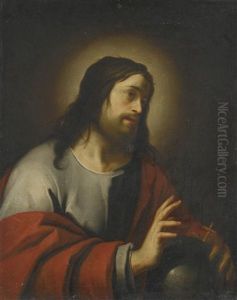
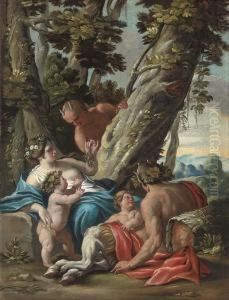
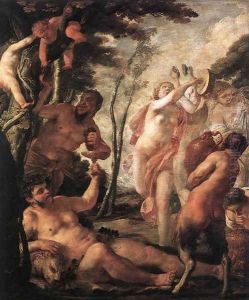
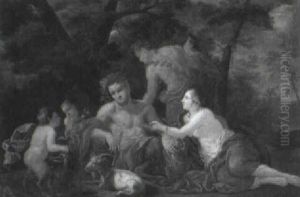
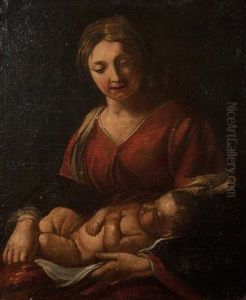
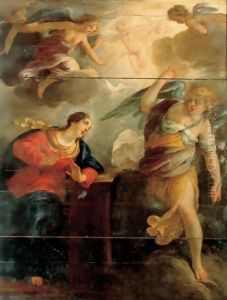
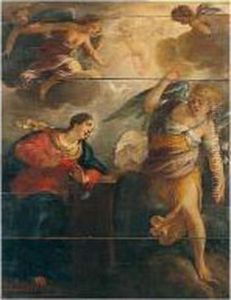
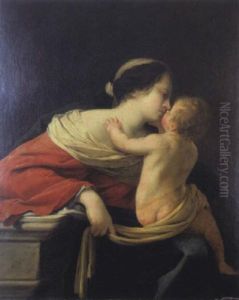
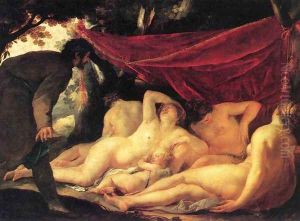
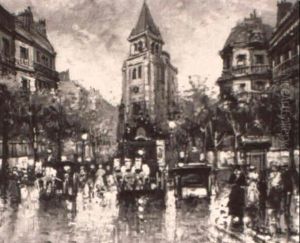
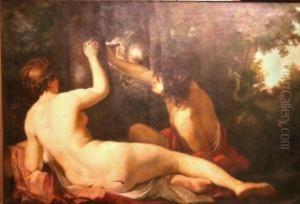
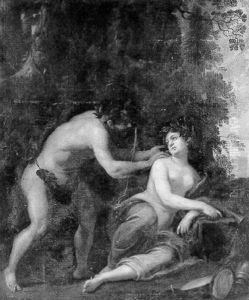
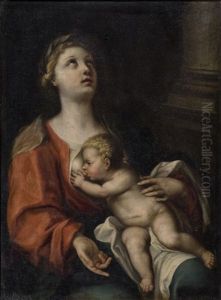
![L'annonciation [jacques Blanchard ; The Annunciation ; Oil On Panel]](https://www.niceartgallery.com/imgs/1185035/s/jacques-blanchard-lannonciation-jacques-blanchard-the-annunciation-oil-on-panel-e40fc3e5.jpg)
